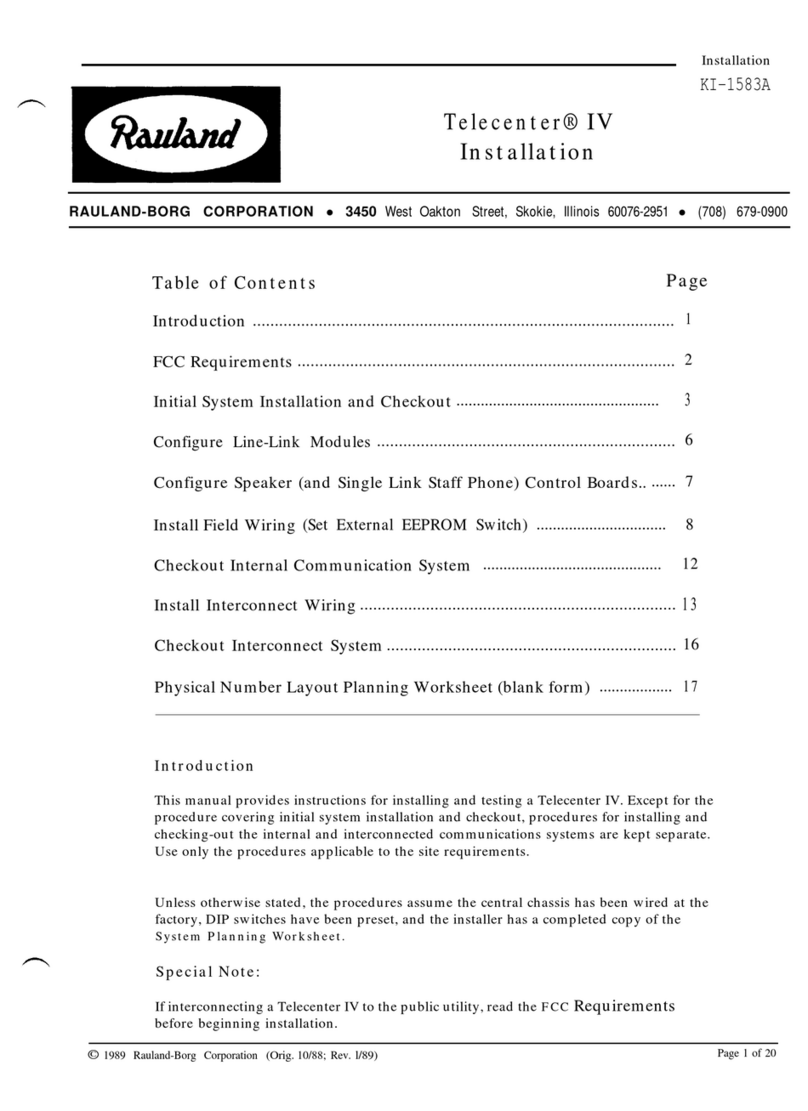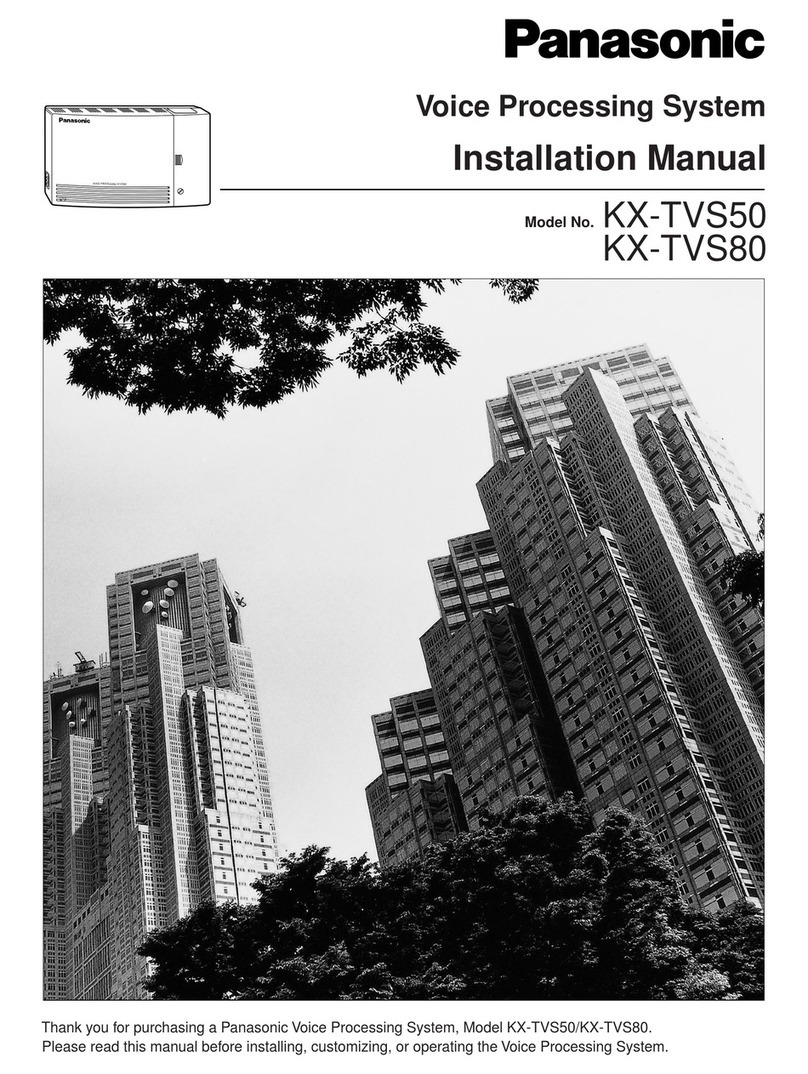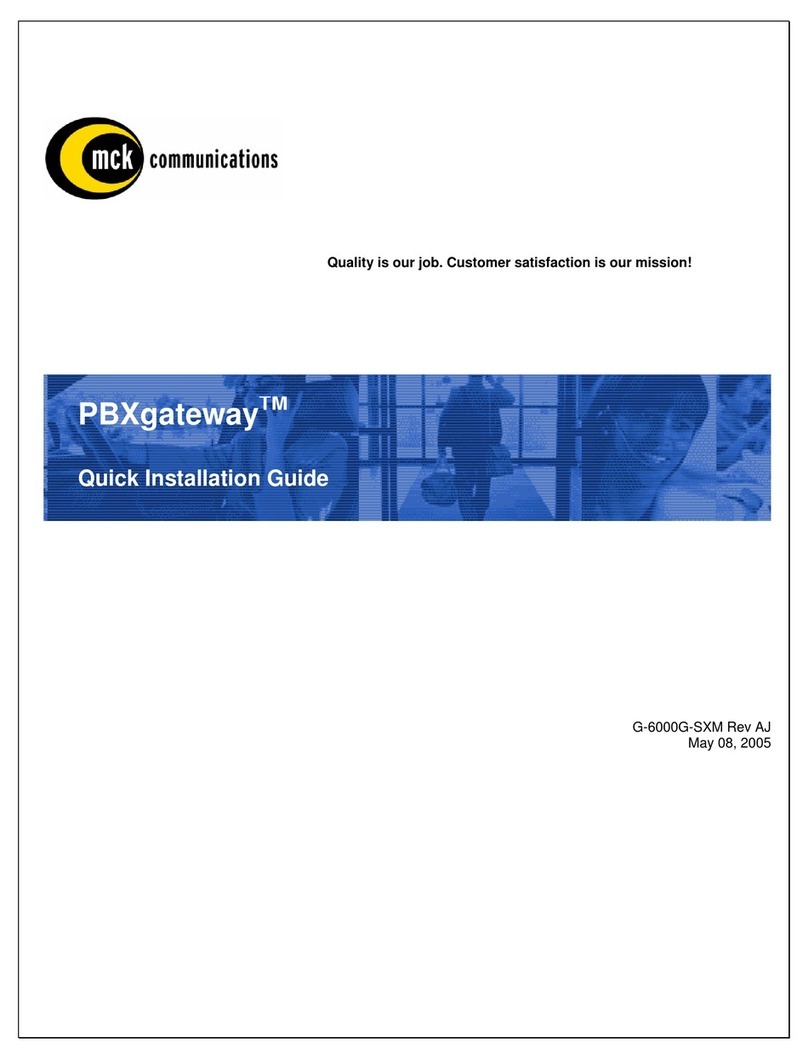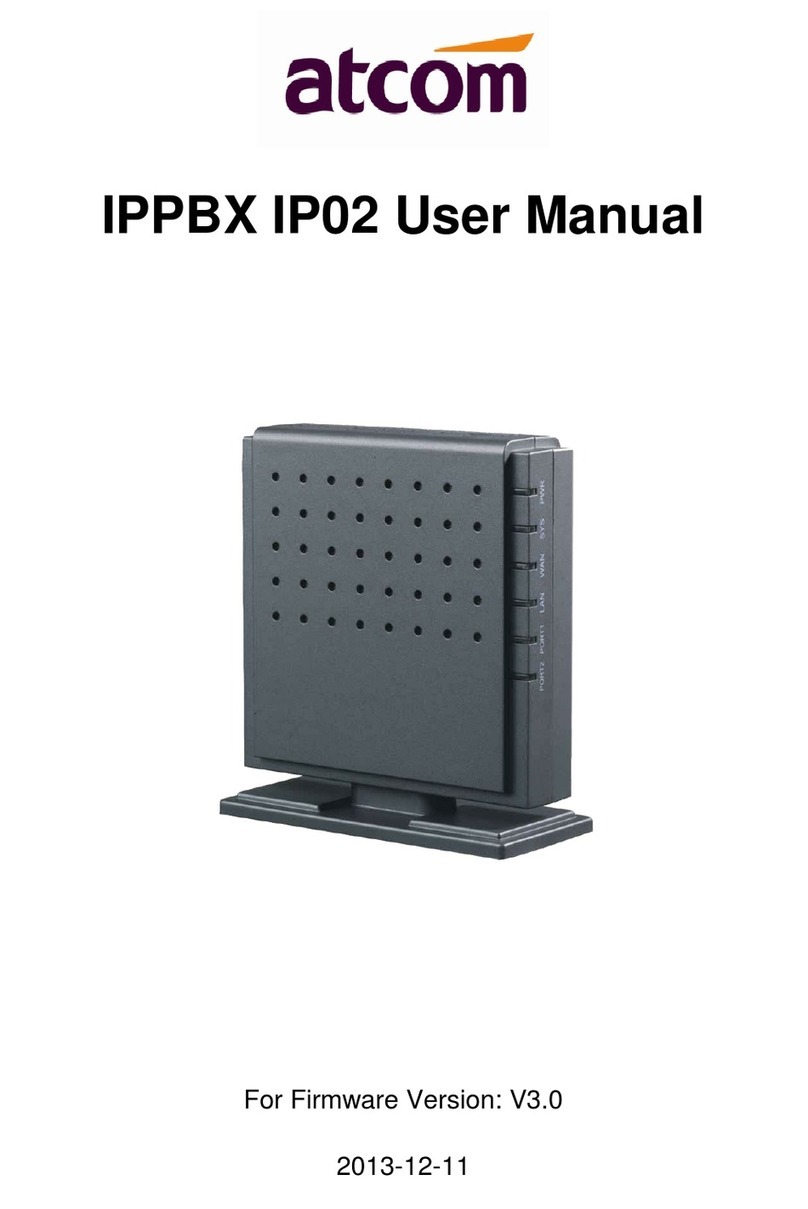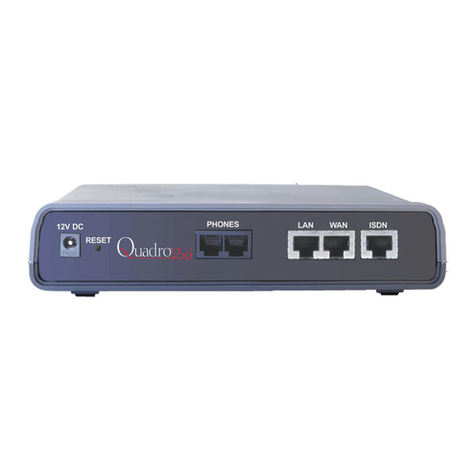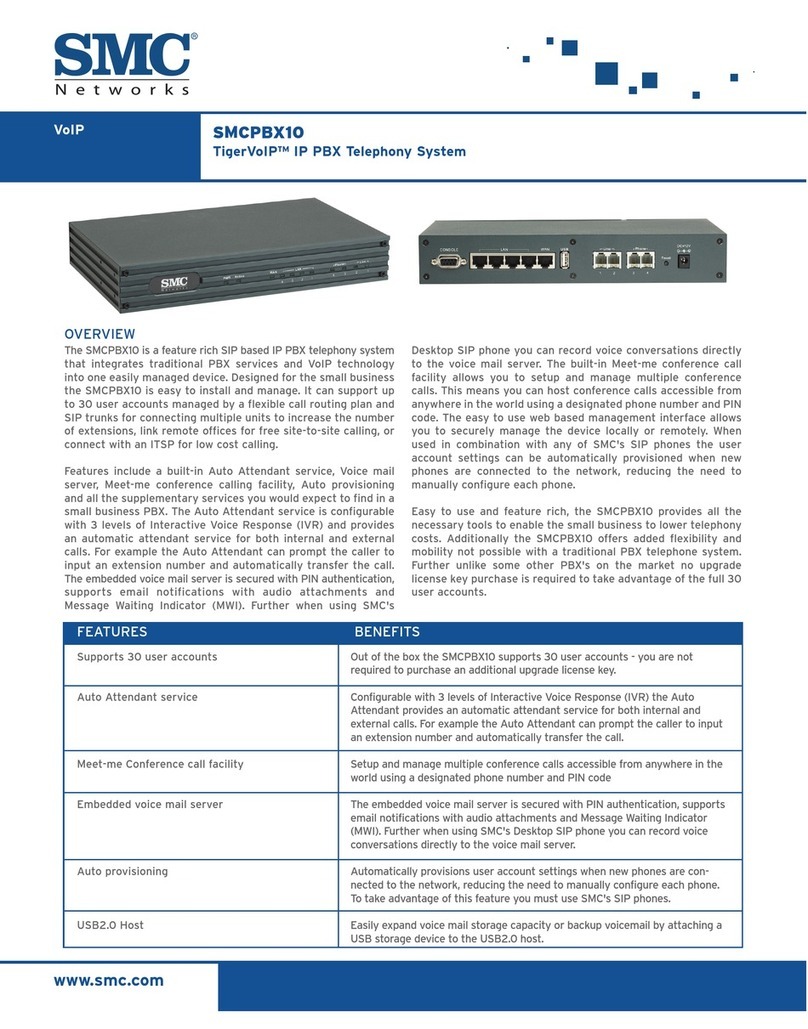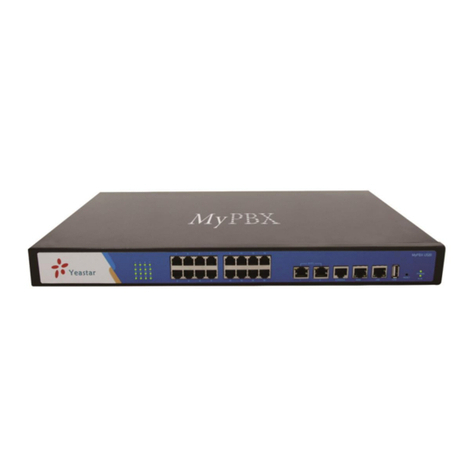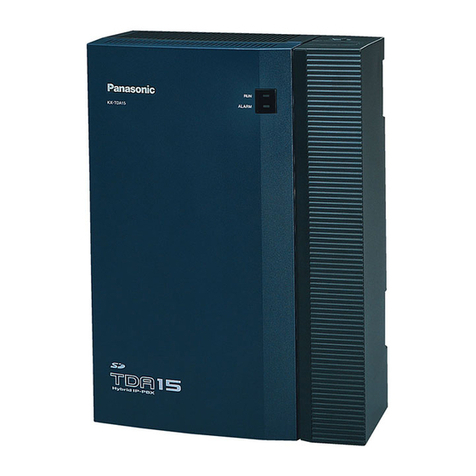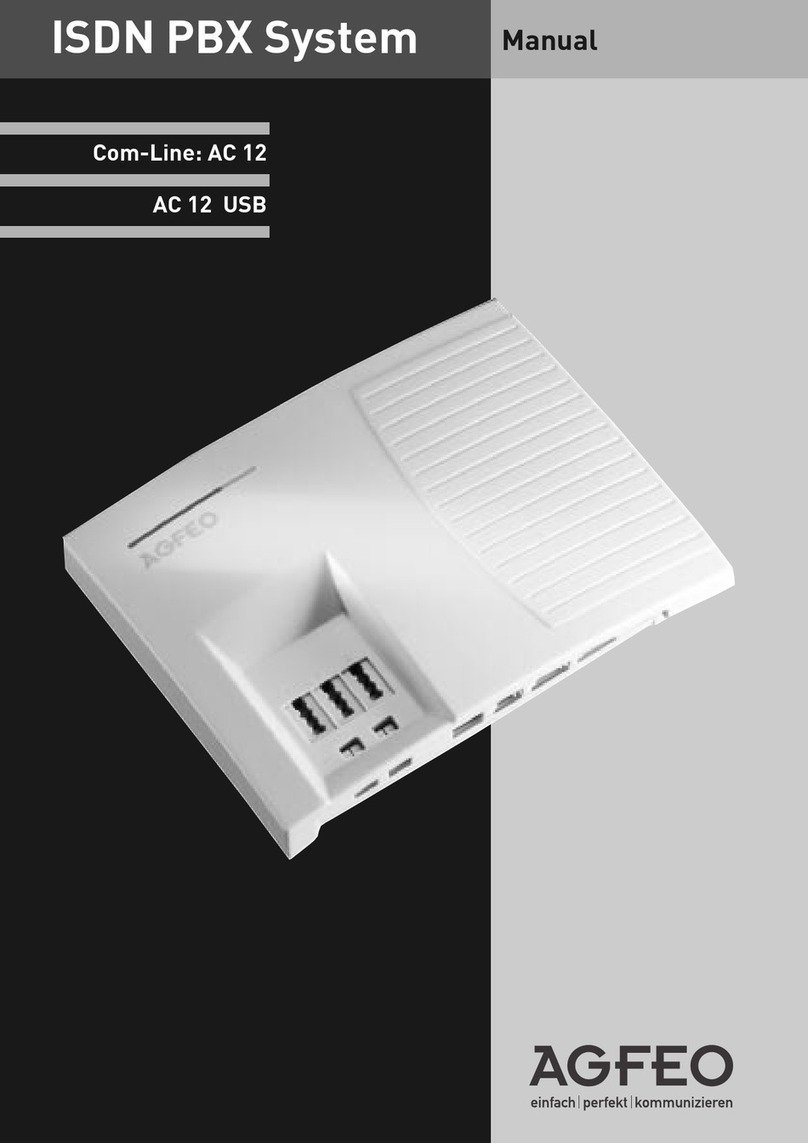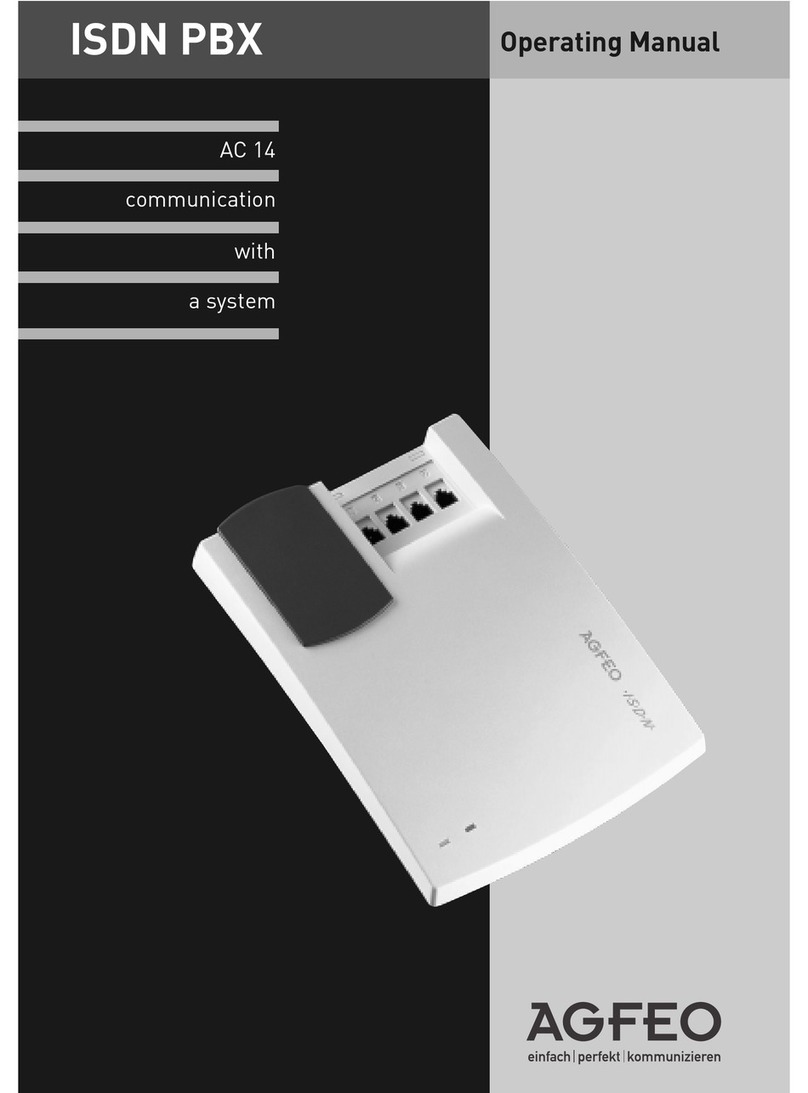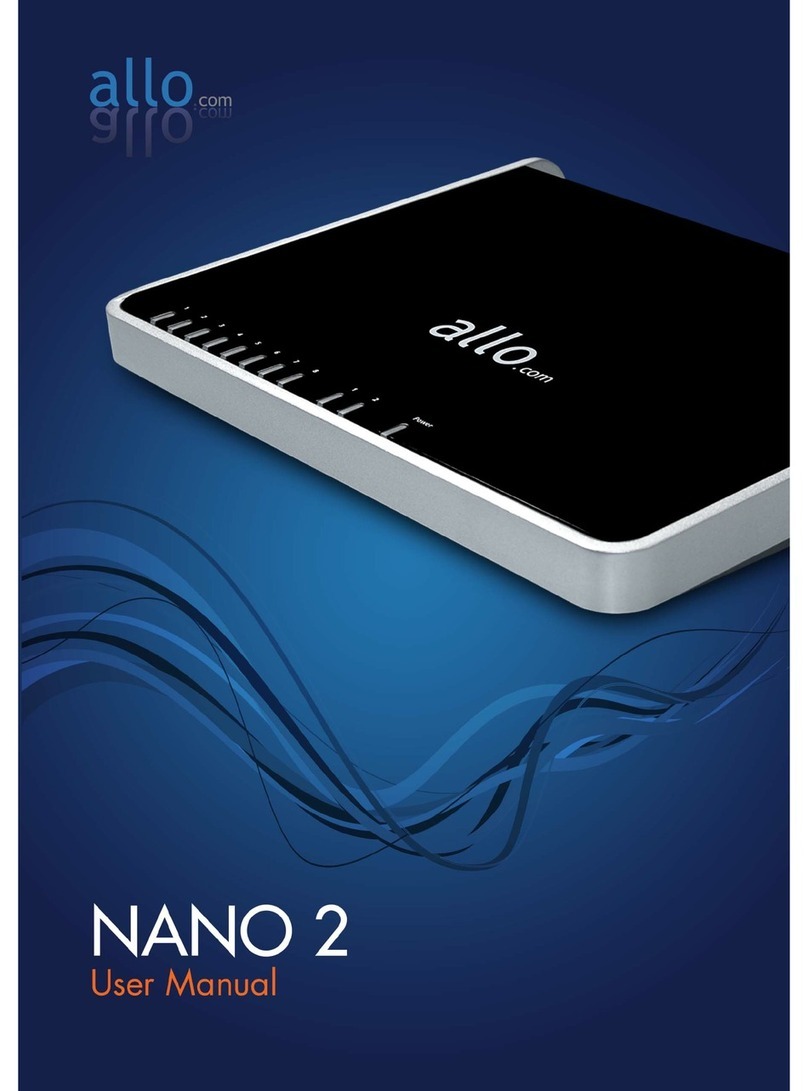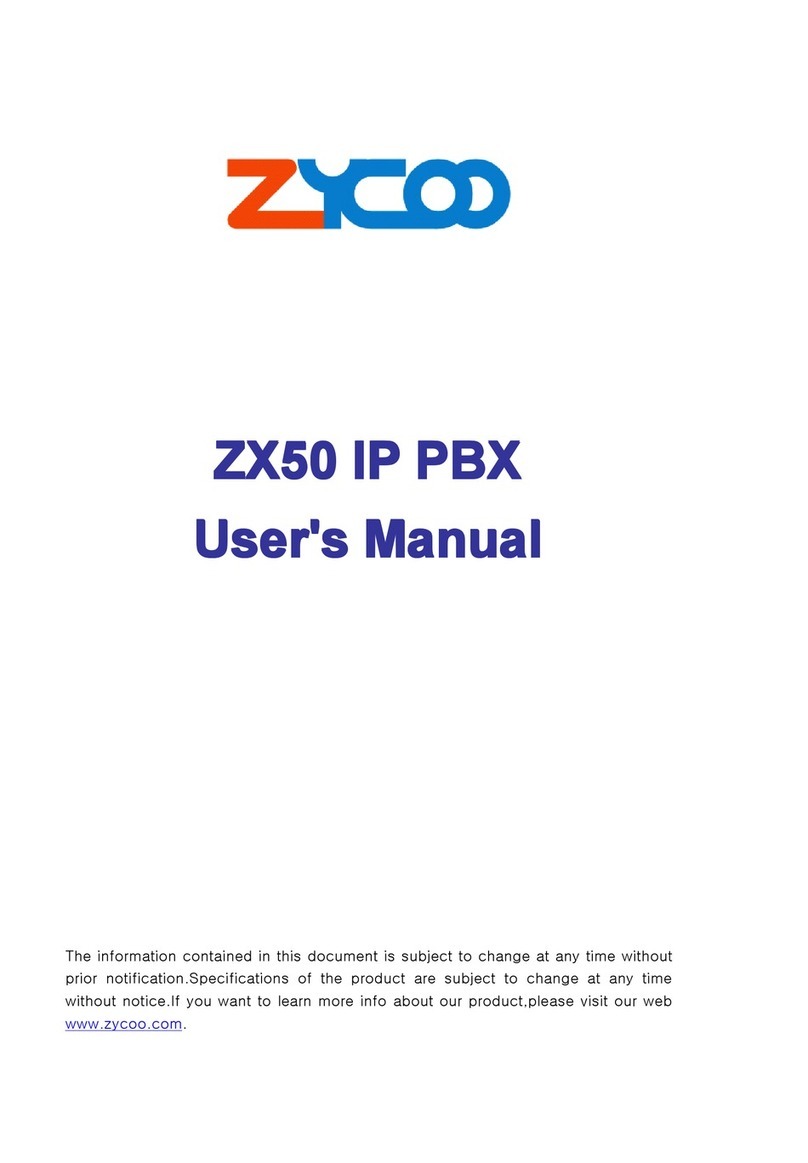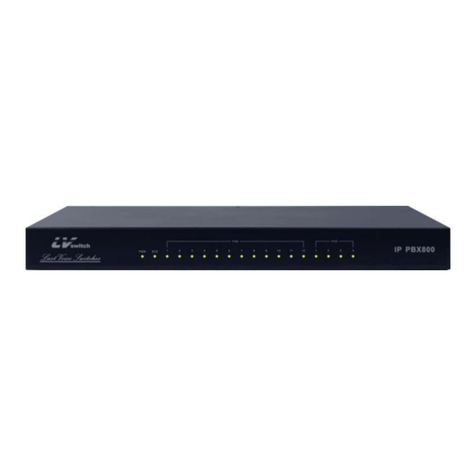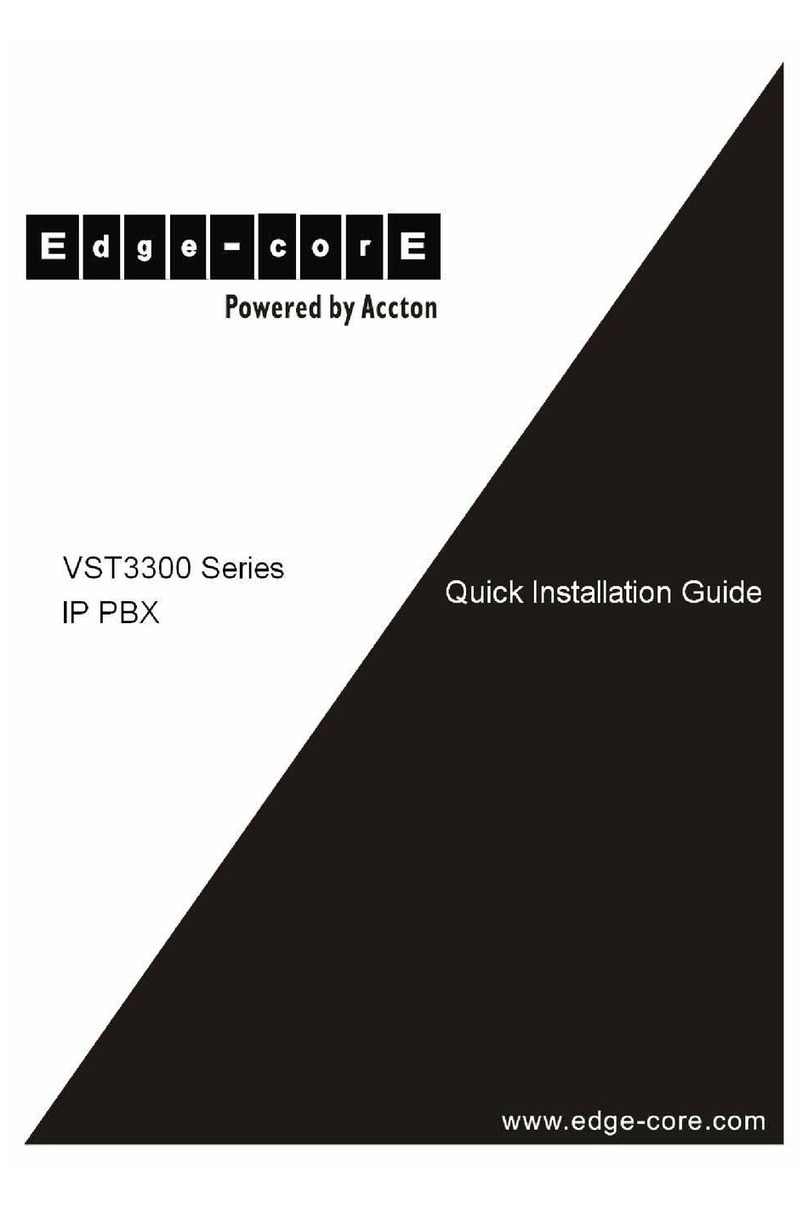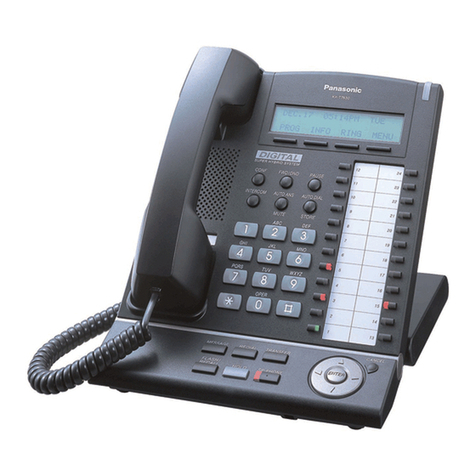E - 3
Int oduction
Table of contents
Int oduction
Safety Notes .......................................................................................................................... E - 2
About this User Manual ........................................................................................................ E - 2
Table of contents ................................................................................................................... E - 3
The AS 181 Telephone System .............................................................................................. E - 5
CTI - computer telephony integration ................................................................................... E - 8
System telephones ................................................................................................................ E - 9
Installation
Check contents of deli ery ..................................................................................................... I - 3
Wall Mounting ........................................................................................................................ I - 4
Open Connection Co er .......................................................................................................... I - 5
AS 181 Connections ............................................................................................................... I - 6
Connect Analogue Extensions................................................................................................ I - 8
External S0-Connection Fixed S0-0 ....................................................................................... I - 8
Internal S0-Connection ........................................................................................................ I - 10
Doorphone Installation......................................................................................................... I - 11
Commissioning .................................................................................................................... I - 12
Connection of Music on Hold ............................................................................................... I - 12
Tecnical Data AS 181 ............................................................................................................ I - 14
System Telephones
System Telephone ST 25 ....................................................................................................... 1 - 3
System Telephone ST 30 ....................................................................................................... 1 - 4
Setting up and cleaning the system telephones .................................................................... 1 - 5
DECT 30 System Cordless Phone .......................................................................................... 1 - 6
Setting the Ringers Tone or Pitch .......................................................................................... 1 - 8
ystem Telephones settings .................................................................................................... 1 - 8
O er iew of freely programmable Function Buttons ........................................................... 1 - 14
Making a Call ...................................................................................................................... 1 - 21
Call Waiting ......................................................................................................................... 1 - 25
Call Pick Up (External) ........................................................................................................ 1 - 32
Call Log ............................................................................................................................... 1 - 33
Switching between Day and Night Ser ice .......................................................................... 1 - 36
Announcement (Paging) ...................................................................................................... 1 - 41
Voice Message ..................................................................................................................... 1 - 43
Remote Dial Functions ........................................................................................................ 1 - 47
Malicious Call Identification (MCID) .................................................................................... 1 - 48
Conference .......................................................................................................................... 1 - 49
Least Cost Routing (LCR) .................................................................................................... 1 - 52
Switching Relays ................................................................................................................. 1 - 58
World Clock ......................................................................................................................... 1 - 92
Groups ................................................................................................................................ 1 - 95
